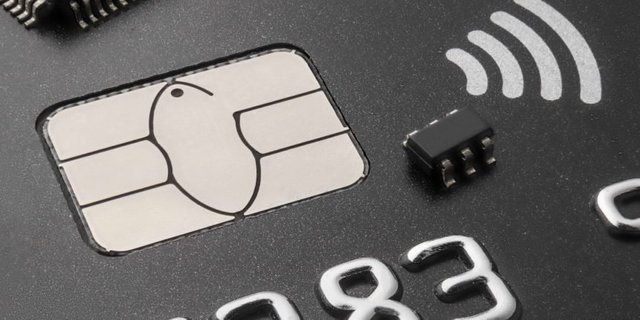Lightning + NFC? The New Plan to Bring Bitcoin to Retail

Now, envision a clunky, command-line interface.
That is the extent of the split between the vision allowed by bitcoin's best-yet scaling alternative, the lightning network, and the present condition of its design. But while that is daunting, programmers are moving forward on designs to make the payment method easier to use, with one recently submitting a suggestion for linking lightning using a payment technology that could make it feel as futuristic as it is touted.
That payment technologies, near-field communication, or NFC, would permit an individual to pay for a product by simply holding their smartphone an inch away from the device it is paying.
Not a new idea at bitcoin or the payments world at large, NFC-based payments have caught on throughout Asia and Europe - not just on smartphones, but also through chips embedded in charge cards. And while the U.S. may be lagging behind in NFC adoption, bitcoin's early adopters could just be the ideal target audience.
Therefore, the proposal, submitted by programmer Igor Cota, seems to standardize a way to join lightning with NFC.
Invoking the name of his lightning wallet that uses NFC, Presto, Cota informed CoinDesk:
"I want the payments to be instant just like with the contactless cards we have here in Europe. A user would simply tap on the payment terminal and presto!"
Further, Cota imagines turning any computer into a lightning point-of-sale terminal via the use of a $29 USB attachment, a path which has proven successful in his early evaluations.
Replacing QR codes
Considering that the achievement, Cota's suggestion is all about standardizing what he is generated, incorporating it to numerous other regular rules that explain how each lightning program implementation should function.
Many bitcoin obligations implementations often use QR codes - these pixelated-looking black-and-white squares which encode information that may then be scanned and swallowed by smartphones.
QR codes not only may be a little finicky, but they can also become "unwieldy," Cota said, particularly if more info is added to them. This manner, retailers will not have the ability to add much information such as itemized receipts and vouchers to QR codes, '' he said.
NFC, however, does not possess this barrier.
"I'd love to find a system in which the payment sends a pleasant HTML reception for the client - which reception includes, say, a table listing of your grocery store shopping with subtotal, taxation, grand-total, perchance a store emblem, some devotion code or a voucher for future use," he explained.
In Cota's head, this could give customers a more thorough listing of the spending habits, enabling them to take much more control of the own finances.
"Envision a pocket which could inform you just how much you have spent on broccoli?" Cota said, including:
"With crypto you're always in control, but with these digital receipts you are even more so."
A bolt of lightning
But, Cota is attempting to receive his own NFC implementation inserted into the expectations that turbo system programmers started in a bid to be certain all implementations are harmonious with eachother.
All these expectations are named "BOLTS," and Cota considers NFC needs to really be inserted into BOLT 1-1, and that clarifies how "bills" - explaining simply how far somebody owes - ought to be analyzed and introduced to an individual. This is really a very similar process compared to this of this credit score card reader in star-bucks revealing you which you simply owe £4.50 to get a mocha latte.
For the time being, BOLT 1-1 simply refers to a benchmark for QR codes.
By now, Cota has produced a demanding benchmark, setting with a multi purpose Internet Mail Extensions (MIME) form, and it is really a structure for delivering info; yet an NFC app ID, meaning that the payment system is perceptible; and also a "incredibly straightforward protocol to forwards socket info"
Though those bits ended upn't therefore tough to develop Cota mentioned he believes it really is crucial to compose a benchmark, where all NFC-enabled pointofsale gadgets can acknowledge some NFC-based turbo charge, today to become prior to this match needs to NFC-based turbo payments shoot off.
"To the interest of interoperability, it'd be amazing when we consented to several specifications," he clarified.
And the majority of people technological responses was favorable, together with quad programmers ZmnSCPxj and also Corné Plooy reacting favorably for the suggestion onto the subscriber checklist.
But, Bitrefill turbo programmer Justin Camarena has been Somewhat Wishywashy, telling CoinDesk:
"It's an obvious way to pay in the future but it seems we're a bit too early as there are no hardware point-of-sales offering lightning support."
However, Cota is plugging away to the upcoming actions to move the project ahead.
"Since you can see the [Presto user-interface] isn't actually there yet but I am working on it," he stated, adding, "What I am working on at the present time is a protocol which makes certain the NFC payment goes through in the event the paying device is currently offline"
Cota intends to submit a different pull petition for programmers to review after this mechanism is completed.
NFC picture via Igor Cota